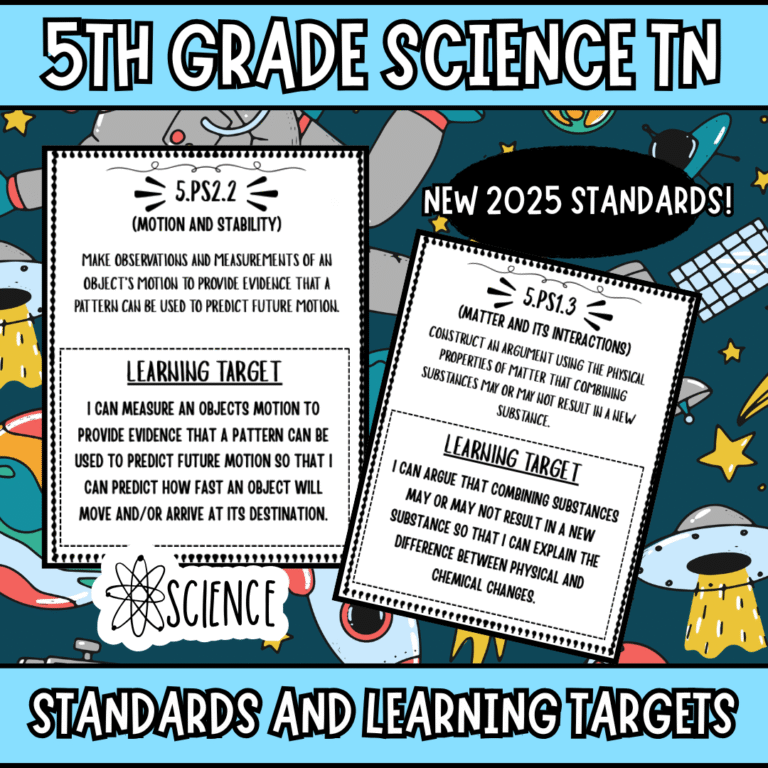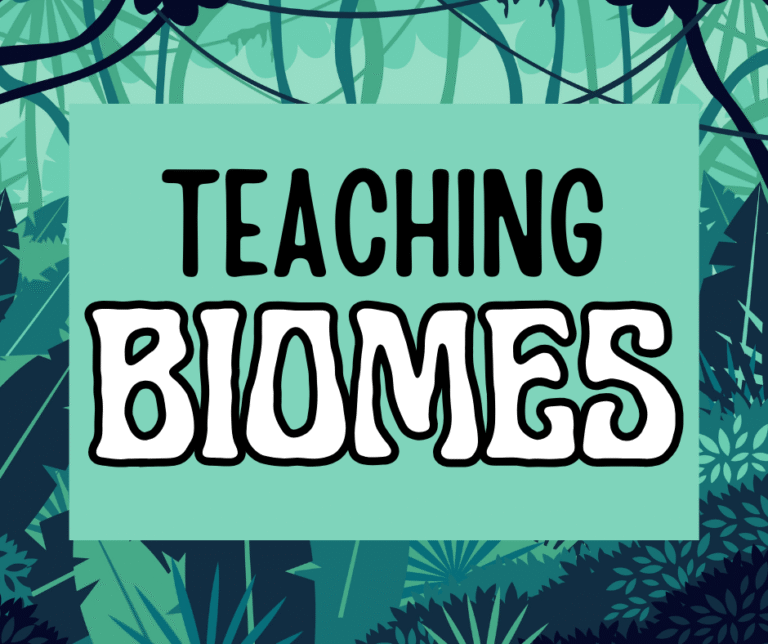Factors That Affect Climate Activity: An Interactive Gallery Walk
Bring Climate Science to Life with a Gallery Walk! (And Save Yourself Prep Time!)
Are you a science teacher looking for an engaging, interactive way to teach your upper elementary or middle school students about the factors that affect climate? If you’ve ever felt like your students’ eyes glaze over when you start talking about latitude and ocean currents, you’re not alone!
Teaching the differences between weather and climate can be a challenge, but making the content interactive is the key to keeping your students engaged. That’s why a gallery walk activity is a perfect solution.
What is a Gallery Walk?
A gallery walk is a classroom strategy where students get out of their seats and move around the room to different “stations” or displays. Instead of passively listening to a lecture, they actively read, discuss, and record information as they go. It’s a fantastic way to promote student-led learning and get students moving. It encourages collaboration and gives every student, including the shy ones, a chance to contribute.
Your New Favorite Resource: “Factors That Affect Climate Gallery Walk”
I created this Factors That Affect Climate Gallery Walk to be a ready-to-go, student-led activity that covers all the key concepts. It’s perfect for upper elementary and middle school classrooms and is designed to save you precious prep time.
What’s Included:
The resource breaks down six major factors that affect climate:
- Latitude: How a location’s distance from the equator impacts its temperature.
- Altitude: How elevation, or height above sea level, affects climate.
- Ocean Currents: The role of warm and cold currents in distributing heat around the globe.
- Wind Currents: How global wind patterns carry warm and cold air, impacting weather and climate.
- Topography: The influence of landforms, like mountains, on local climate (e.g., windward vs. leeward sides).
- Distance from the Ocean: The moderating effect large bodies of water have on nearby land.
Each of these factors is presented on its own printable page with a short, easy-to-understand passage. The pages explain the factor, how it affects climate, and a clear example to help students make a real-world connection. The resource also includes a student answer sheet, so they can record their findings as they move through the gallery.
Cool Ways to Use This Resource in Your Classroom
Beyond a traditional gallery walk, this resource is incredibly versatile. Here are some ideas to make it even more engaging:
- Station-Based Learning: Use the pages as stations. Pair students up and have them work together at each station. After a set amount of time, have them rotate to the next one. This encourages discussion and collaboration.
- Jigsaw Activity: Divide students into six “expert” groups, with each group focusing on just one of the climate factors. Once they’ve mastered their topic, have them form new groups with one expert from each topic. Each expert can then teach the rest of their group about their assigned factor.
- Collaborative Poster Session: Instead of a simple worksheet, provide students with a large piece of butcher paper at each station. As they read the passage, they can add drawings, diagrams, or key facts to the poster. This creates a visual summary of the content that can be hung in your classroom for review.
- Introduce the Unit: Use this as a pre-assessment to see what students already know about climate. Don’t assign the answer sheet right away; instead, have them walk and just observe. Then, bring them back together for a class discussion before diving into the unit.
This Factors That Affect Climate Gallery Walk is more than just a worksheet; it’s a dynamic teaching tool that can transform how your students learn about climate science. It will get them out of their chairs, talking with each other, and most importantly, truly understanding these important concepts.



